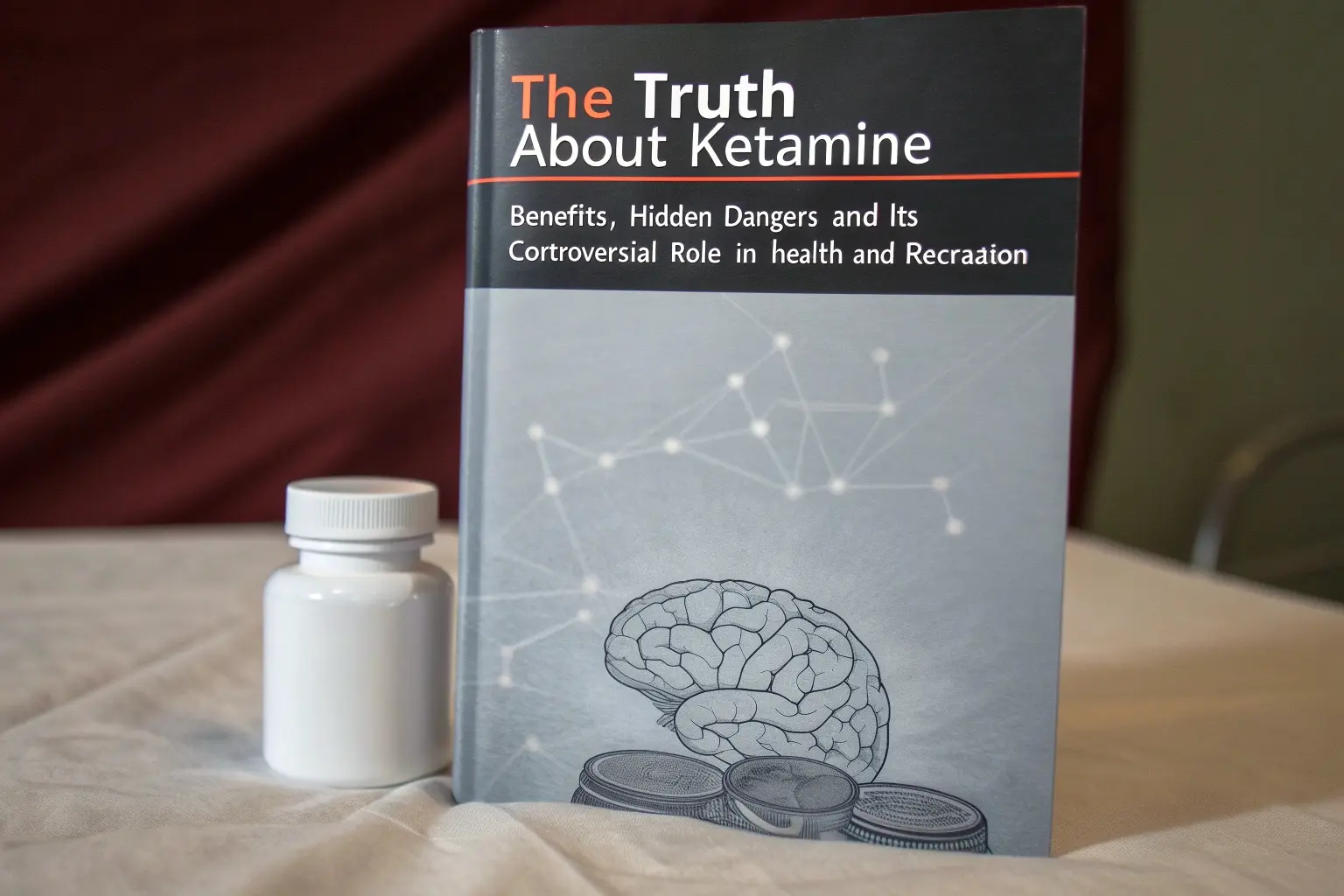Stem Cell Therapy: A Personal Journey of Healing and Hope
Stem cell therapy offers powerful potential—but not all clinics are safe or ethical. As a nurse leader, I’ve seen its life-changing impact, but I’ve also seen the risks.

As a nurse leader and advocate for well-being and diversity, I’ve had the privilege of seeing the transformative impact that stem cell therapy can have on patients. While the science of stem cells is complex and constantly evolving, the real-life stories of patients who have benefited from this groundbreaking treatment are powerful reminders of the hope it offers. But alongside this potential comes the reality that not all stem cell clinics are created equal, and understanding when and where to access treatment is crucial.
In this article, we’ll explore the benefits and risks of stem cell therapy, the conditions it may help treat, and how to identify clinics that prioritize patient safety and ethical standards. Let’s start with the basics.
Understanding Stem Cell Therapy
Stem cell therapy uses undifferentiated cells—cells that can develop into different types of specialized cells—to help regenerate damaged tissues. These cells can come from various sources, including your own body (autologous stem cells), umbilical cord blood, or other sources like bone marrow or adipose (fat) tissue.
The treatment’s main goal is to harness the natural healing abilities of stem cells to regenerate tissues and treat conditions where the body’s natural healing abilities are insufficient. It’s been particularly useful in conditions where tissue repair or cell replacement is essential.
Conditions That May Benefit from Stem Cell Therapy
Stem cell therapy has shown potential in treating a variety of diseases and conditions, offering a fresh hope for many patients:
Neurological Disorders
- Parkinson’s Disease: Stem cells may help regenerate dopamine-producing neurons, potentially improving motor skills and reducing symptoms.
- Alzheimer’s Disease: Researchers are investigating the potential for stem cells to repair damaged brain tissue and slow cognitive decline.
- Spinal Cord Injuries: Stem cells may help regenerate damaged spinal tissue, restoring lost functions.
Autoimmune Diseases
- Multiple Sclerosis: Stem cells may help reduce relapses and slow disease progression.
- Rheumatoid Arthritis & Lupus: Stem cells may reduce the autoimmune responses that attack healthy tissues.
Cardiovascular Conditions
- Heart Disease: Mesenchymal stem cells (MSCs) have the potential to repair heart tissue damaged by heart attacks, improving heart function and reducing scar tissue.
Endocrine Disorders
- Diabetes: Stem cells can potentially replace damaged pancreatic cells to improve insulin production, offering hope for Type 1 and Type 2 diabetes patients.
Hematological Disorders
- Leukemia: Stem cells can regenerate healthy blood cells, improving outcomes and survival rates.
Ocular Diseases
- Macular Degeneration: Stem cell therapy is an emerging treatment for restoring vision by replacing damaged retinal cells, particularly in age-related macular degeneration (AMD).
The Benefits of Stem Cell Therapy
Stem cell therapy offers several potential benefits, including:
- Regenerative Healing: The ability of stem cells to differentiate into various types of cells can help regenerate damaged tissues and organs.
- Reduced Inflammation: Certain stem cells have anti-inflammatory properties, making them useful in treating conditions like arthritis and autoimmune diseases.
- Improved Functionality: Patients often experience better mobility, less pain, and enhanced quality of life following stem cell therapy.
- Disease Modification: In some cases, stem cells may slow down or even modify the underlying disease process.
The Risks and Challenges of Stem Cell Therapy
While the potential of stem cell therapy is vast, it’s important to be aware of the risks:
- Tumor Formation: Stem cells can, in some cases, lead to tumor growth if not administered properly.
- Immune Rejection: If using stem cells from a donor (allogeneic stem cells), there’s a risk that the recipient’s immune system could reject the cells.
- Infections: Like any medical procedure, there’s a risk of infection at the site of injection or treatment.
- Unproven Treatments: Many stem cell therapies are still experimental, and the long-term effects and safety of these treatments aren’t fully understood.
- Regulatory Oversight: In some cases, stem cell treatments aren’t well-regulated, and patients may be exposed to unproven, unsafe therapies.
Identifying Quality Stem Cell Clinics
One of the most important things to consider when looking into stem cell therapy is finding a reputable clinic. Unfortunately, not all clinics operate under the same medical standards. Here are some red flags to look out for:
- Promises of Guaranteed Results: Any clinic that promises a cure or guaranteed outcomes is likely not following ethical medical practices.
- Lack of Scientific Evidence: Make sure the clinic can provide peer-reviewed studies or clinical trials supporting their treatments.
- No Clear Source for Stem Cells: A reputable clinic will clearly explain where the stem cells come from (e.g., your own body, a donor, etc.).
- Unqualified Medical Staff: Ensure the staff has the appropriate certifications and is affiliated with reputable institutions, rather than relying on wellness centers or non-medical professionals.
- Unregulated Clinics: If a clinic isn’t affiliated with a recognized academic or medical institution, be cautious. Treatments should be backed by legitimate research and clinical trials.
A Success Story: Casey’s Journey
I’ve seen firsthand how stem cell therapy has changed lives. One of the most inspiring stories comes from a patient named Casey H., who was diagnosed with an autoimmune condition that was slowly causing kidney failure. Traditional medical treatments had failed to improve his condition, and he was quickly running out of options.
In 2010, after extensive research and consultations with specialists, Casey decided to undergo stem cell therapy at a reputable clinic in Panama. Within just three and a half weeks, his condition began to improve dramatically. He was able to return to the gym—something he had not done in years—and his kidney function improved significantly. Today, Casey leads a full, active life, a testament to the power of stem cell therapy when applied under the right conditions.
Read About: The Truth About Ketamine: Benefits, Hidden Dangers, and Its Controversial Role in Health and Recreation
When Should You Consider Stem Cell Therapy?
Stem cell therapy is not a one-size-fits-all solution. It’s typically considered when traditional treatments have failed, for progressive conditions, or when other treatments are no longer viable. Always consult with a qualified healthcare provider to discuss whether stem cell therapy is right for you.
If you’re thinking about stem cell therapy, look for a clinic that:
- Is connected to reputable academic and research institutions
- Offers transparency in how stem cells are sourced
- Has medical professionals who are board-certified and experienced in regenerative medicine
- Has a track record of published research or clinical trials
My thoughts
Stem cell therapy represents a monumental shift in how we approach healing and regeneration in medicine. However, like any medical treatment, it requires careful consideration. Whether you’re dealing with a chronic condition or looking to explore alternative treatments, always make sure you’re informed, ask the right questions, and ensure the clinic you’re considering is meeting the highest medical standards.
Stem cell therapy has changed lives—and it could change yours too—but only when done safely and responsibly.








